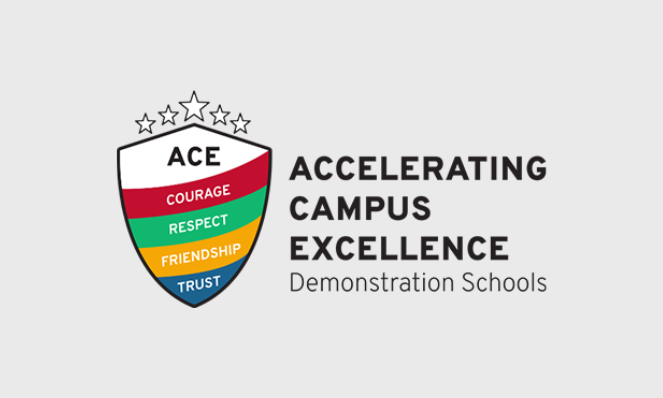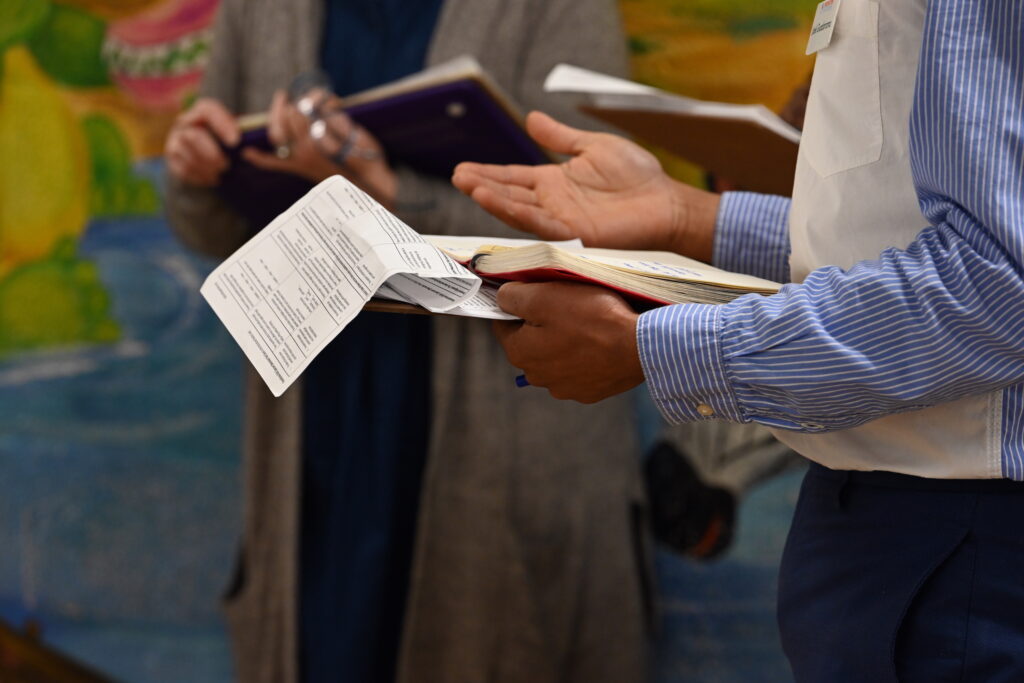
3 Ways a Vision Statement Can Transform Early Elementary Reading
Three years ago, the early literacy team at Instruction Partners set out to understand the leadership practices that improve K–2 reading instruction and student outcomes. By analyzing research and testing strategies in schools, we identified five essential practices in early literacy. We found that the first essential practice—the one that anchors the others—is a clear, written vision statement for early literacy instruction.
There’s no shortage of articles about the importance of vision statements for businesses and nonprofits. A well-crafted vision statement aligns all stakeholders to an organization’s values and aspirations, moving the work forward toward a common goal. Why, then, is it not more common for educators—who serve many roles and help students achieve a multitude of goals—to have a vision statement for their work?
Many leaders will point to the state standards, and the instructional shifts they require, as a vision for instruction. Though the standards and shifts describe what students should know and the types of instruction that can support them, we’ve found that schools benefit from a broader, shared understanding of the overall goals for students’ learning experiences and outcomes.
A broader vision statement that extends beyond instructional standards can help open up conversations about supporting early literacy to team members other than classroom teachers and instructional coaches. Teaching children to read requires coordination from many players at all levels of the school system who interact with students, classrooms, and instructional materials in different ways. A clearly understood vision statement—that is anchored in both the science of reading and the belief that all students can and will read independently and proficiently by the end of 2nd grade—can align an early literacy team to work together to advance K–2 literacy.
Here’s how a vision statement can transform K–2 reading at your school or system:
1. Raise the bar for students
We know that students take cues about their potential as learners from their interactions with teachers—in other words, what teachers expect of students influences what students expect of themselves. This is why it’s crucial to adopt a vision for early literacy that encompasses the belief that every student can read proficiently by the end of 2nd grade.
However, we also know that simply declaring this belief can sound like fanciful thinking to educators who are already working tirelessly in the face of significant time and resource constraints.
Through our work with schools nationwide, we’ve found that the process of establishing a vision for early literacy presents an opportunity for educators to step back and arrive at a shared understanding of the importance of holding high expectations for all students. Vision setting is most effective when leaders facilitate discussions that highlight the impact of educator beliefs on student outcomes, particularly how low expectations disadvantage underserved student populations. These conversations allow both leaders and teachers to examine how their personal experiences and assumptions may shape their beliefs about what children are capable of achieving.
Though setting high expectations for students does not improve student learning in and of itself, it promotes an asset-centered approach to supporting and delivering foundational reading instruction—which can meaningfully transform an early literacy system.
2. Make aligned decisions
A vision statement can serve as a powerful tool for making informed and aligned decisions at the system, school, and classroom levels—guiding and advancing the work toward a shared goal.
For example, the vision provides a reference point when selecting Tier 1 reading materials. As leaders determine criteria for selecting new curricula or assessments, they can ask their team, “What do we need in our materials, given our vision?” Grounding the selection process in the shared vision helps ensure that the selected materials are anchored in the science of reading and responsive to the strengths and needs of students in priority groups.
Instruction Partners has identified the following four priority groups: students of color, students in poverty, multilingual learners, and students with disabilities.
Teams can also refer to their vision statement when deciding how to allocate what is often their most limited resource: time. A vision grounded in the science of reading can help guide the development of an instructional schedule for K–2 classrooms that reflects research-based time allocations for foundational literacy. We’ve found this particularly useful in large school districts where, without a common vision, instruction that occurs within foundational reading blocks can look vastly different from school to school.
3. Foster community
When the vision statement is embraced by all stakeholders and used as the basis for all decision-making, it can cultivate a cohesive and supportive community.
Here’s how that cohesion and support may look in practice:
- There is a common language that an early literacy team can use when sharing new directives or navigating difficult situations.
- Professional learning structures are aligned to both the vision and classroom materials to ensure teachers feel supported in bringing the vision to life.
- Members of the wider school community, including families, know that educators are committed to ensuring that all students can read and are invited to contribute to that effort.
To sustain a strong team culture around early literacy, we’ve found it helpful to revisit the vision at least once every school year—especially amid high rates of turnover and staffing changes. Dedicated time to review the vision statement allows leaders to communicate the vision to new team members, solicit feedback, and check for understanding and alignment across the team.
Ready to get started?
Before you can establish a vision, you will need a team to write it. We recommend forming an early literacy team composed of (but not limited to) school and system leaders, coaches, teachers, interventionists, and coordinators of special populations (e.g., multilingual learners).
Once a team is in place, leaders can develop and facilitate sessions to draft a vision statement that is responsive to the school’s or district’s existing literacy data and anchored in equity and the science of reading. It may be helpful to review exemplar vision statements before you get started.
Of course, a written vision statement is only useful if it is clearly understood and embraced by all stakeholders. The team will need make a plan to communicate the written vision statement, including the reasoning behind it, to all early literacy stakeholders, multiple times in a variety of ways (e.g., over email, in data meetings, in PLC agendas, in coaching conversations, at a district-level meeting, in team meetings, in one-on-one check-ins).
For more detailed guidance, tools, and templates for establishing and carrying out a vision for early literacy, check out our free Early Literacy Playbook.


